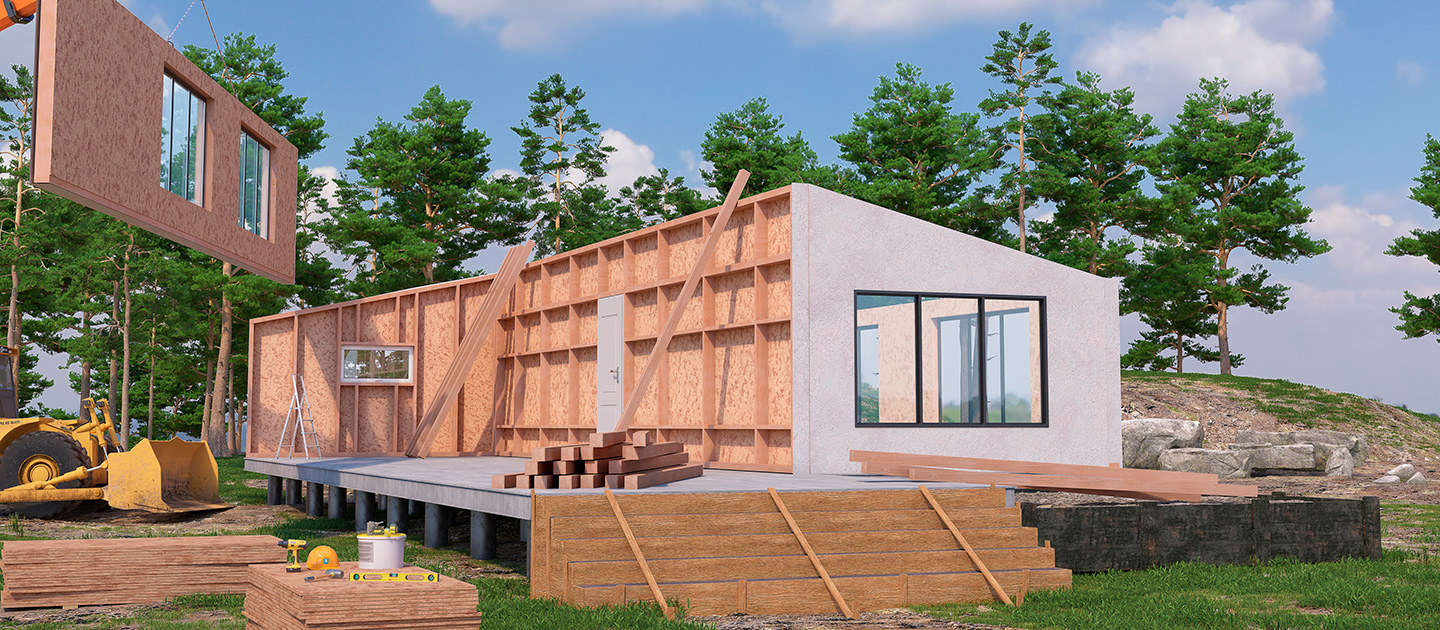
Building Green: Navigating the World of Sustainable Building Materials
Sustainable building materials are at the forefront of eco-friendly construction, offering innovative solutions to reduce environmental impact while promoting energy efficiency and durability. From recycled materials to renewable resources, the realm of sustainable building is a crucial component of responsible architecture and design.
Eco-Friendly Foundations:
The journey towards sustainable construction often begins with the choice of foundation materials. Traditional concrete, known for its high carbon footprint, is being replaced by alternatives such as recycled concrete aggregate (RCA) and environmentally friendly cement blends. These materials not only reduce the demand for virgin resources but also minimize waste.
Renewable Wood and Bamboo:
Wood has long been a staple in construction, but sustainable practices emphasize the use of renewable sources. Certified wood from responsibly managed forests, such as those certified by the Forest Stewardship Council (FSC), ensures that the ecological balance is maintained. Additionally, bamboo, a rapidly renewable resource, is gaining popularity for its strength and versatility in construction.
Recycled Steel and Metal Alloys:
Steel and metal alloys are essential in construction, and incorporating recycled steel reduces the need for mining new materials. Using salvaged or recycled steel in building structures not only conserves resources but also minimizes the environmental impact associated with traditional metal production.
Energy-Efficient Insulation:
Sustainable building goes beyond the structural elements to consider energy efficiency. Eco-friendly insulation materials, such as recycled denim, cellulose, or sheep’s wool, provide effective thermal insulation while reducing reliance on traditional materials with higher environmental costs.
Green Roofs and Sustainable Decking:
Green roofs, adorned with vegetation, not only add aesthetic value but also contribute to energy efficiency. They provide natural insulation, reduce urban heat island effects, and manage stormwater runoff. In outdoor spaces, sustainable decking options made from recycled plastic, reclaimed wood, or bamboo offer durable and low-maintenance alternatives.
Low-Emitting Finishes and Paints:
Indoor air quality is a significant consideration in sustainable construction. Low-emitting finishes and paints, often labeled as low-VOC (volatile organic compounds) or VOC-free, minimize harmful emissions. These materials contribute to healthier indoor environments by reducing the presence of pollutants.
Solar Panels and Photovoltaic Systems:
Harnessing renewable energy sources is a hallmark of sustainable building practices. Solar panels and photovoltaic systems allow buildings to generate their own electricity, reducing dependence on non-renewable energy sources. This integration of clean energy technologies aligns with the principles of sustainable design.
Water-Efficient Fixtures and Plumbing:
Sustainable building extends to water conservation through the use of water-efficient fixtures and plumbing systems. Low-flow toilets, aerated faucets, and rainwater harvesting systems help reduce water consumption, contributing to both environmental preservation and long-term cost savings.
Durable and Long-Lasting Materials:
Sustainability is not only about using eco-friendly materials but also about creating structures that stand the test of time. Durable materials, whether in the form of recycled steel, concrete alternatives, or resilient wood, ensure that buildings have a longer lifespan, reducing the need for frequent renovations or replacements.
Sustainable Building Materials at BusinessInc:
At BusinessInc, we prioritize sustainability in our construction projects. Our office buildings are designed with a focus on eco-friendly materials, energy efficiency, and responsible construction practices. Explore our commitment to sustainable building materials on our website.
Future Innovations in Sustainable Construction:
As technology advances, the future of sustainable building materials holds exciting possibilities. Innovations such as self-healing concrete, bio-based composites, and advanced recycled materials are on the horizon. Embracing these innovations will further enhance the eco-friendliness and efficiency of construction practices.
In conclusion, the use of sustainable building materials is a pivotal step towards creating environmentally responsible structures. From foundations to finishes, each choice contributes to the overall ecological impact of a building. As the construction industry continues to embrace sustainable practices, the landscape of buildings worldwide is evolving towards a greener and more sustainable future.



